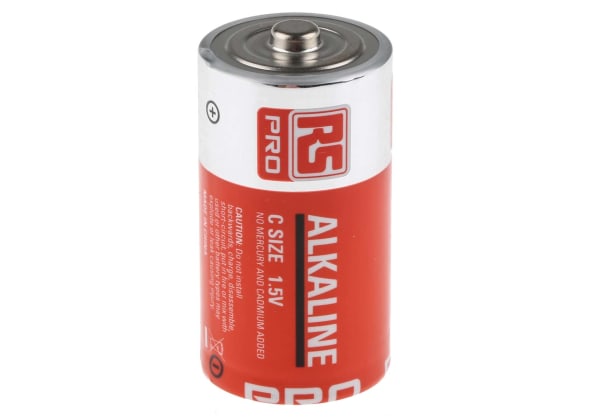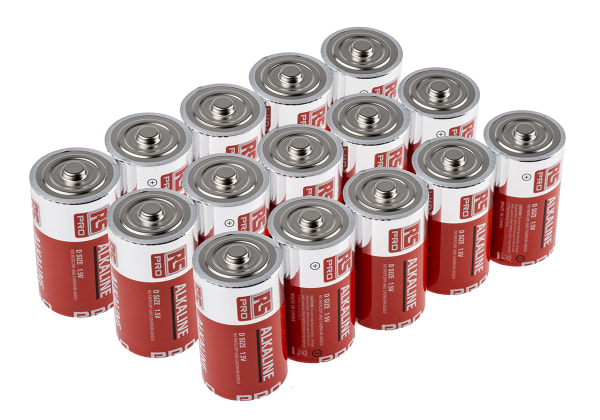- Published 23 Apr 2023
- Last Modified 29 Aug 2023
- 6 min
How Do Lead Acid Batteries Work?
Discover how you can find, use and recharge lead acid batteries effectively.

Powerful, reliable and robust, lead acid batteries are relied upon as a backup power source in many different applications, including in renewable energy systems, cars and emergency power procedures.
Lead acid batteries get their name due to the lead plates and sulphuric acid that are contained within them. The two lead plates are set opposite each other in the sulphuric acid and separated by an insulating material.
The lead plates act as an anode and cathode, while the sulphuric acid is an electrolyte that contains hydrogen and sulphate ions. Negatively-charged sulphate and positively-charged hydrogen are attracted to the lead cathode and anode respectively.
When the appliance or device attached to the battery is turned on, a reaction occurs on the cathode as sulphate ions give up their negative ions and lead sulphate is created. As levels of lead sulphate increase, the electrolyte becomes weaker and resistance on the plates increases. This triggers the flow of negative electrons into the attached device or appliance.

As these electrons flow back into the battery’s cathode, a chemical reaction occurs between hydrogen in the battery and the lead dioxide in this plate. This produces water, meaning hydrogen ions are continuously supplied alongside the sulphate acid inside the battery, enabling the process to restart repeatedly.
In each type of lead acid battery, this reaction will work slightly differently to make it more appropriate to the particular use case its best suited for. This article will outline exactly what these battery types are, how they can be used and what their differences are.
Types of Lead Acid Batteries
Though the chemical reactions and processes within each type of lead acid battery are similar, the exact design of each type of lead acid battery varies to suit different applications and requirements. The main types include:
- Flooded lead acid batteries: these are so-called because water can be added to them when required. Also known as wet cell batteries, the electrolyte within these cells is easily accessible and needs to be checked regularly to ensure it continues to supply power reliably. It’s important to take care when checking or refilling these batteries, as the electrolyte within them can be toxic
- Sealed lead acid batteries: this is a name given to any type of battery that has closed cells. AGM and gel lead acid batteries fall into this category. This type is typically chosen because of its greater safety, ease of transport and flexibility in terms of applications
- Gel lead acid batteries: in these types of sealed lead batteries, the electrolyte is in gel or silica form. This means it’s not as free moving as in flooded batteries, making it safer to handle and dispose of. It also makes this type of battery more appropriate for lower-voltage applications. Due to this, those using gel lead acid batteries also need to be careful not to overcharge them
- Absorbed glass mat (AGM): the electrolyte in these sealed lead acid batteries is being held in place by fibreglass mats. This makes these batteries safer to move and dispose of, as well as more resistant to low temperatures and high vibrations. Because the liquid isn’t free flowing in the battery, the resistance is also lower, meaning faster charging, though it’s important to be careful not to overcharge
- Valve-regulated (VRLA): VRLA batteries are also sealed lead acid batteries, and they have a valve system which means hydrogen and oxygen can be released when necessary. This release system keeps these batteries safe during charging and means the electrolyte isn’t wasted. As a result, AGM and gel batteries will typically have some form of a valve system
Charging Lead Acid Batteries
Lead acid batteries are a type of rechargeable battery. This means they can be recharged when supplied with a constant voltage. This process will be slightly different depending on the specific type of lead acid battery. In some cases, recharging can be slow due to the low and consistent voltage that needs to be supplied.
However, this is better than overcharging a battery. This can cause a rapid increase in the level of chemical reaction in the battery, leading to losses in electrolytes, the overproduction of dangerous gases, and permanent battery damage. Depending on the type of battery, bulk, absorption or float charging processes will be most appropriate:

- Bulk charging sends high levels of constant power to the battery to gradually increase its voltage up to the set limit
- Absorption charging recharges the battery up to a set limit. Once it’s mostly full, the supplied current then drops so the battery can gradually absorb power until it’s fully charged
- Float charging is when low levels of power are gradually supplied to the battery until it is full. This prevents self-discharge and helps to maintain the life of the battery
As well as affecting the method of charging you need to use, the disposal of lead acid batteries will also change depending on the type. When getting rid of a lead acid battery, it’s important to keep in mind any safety precautions and consider how to remove it in an environmentally-friendly way. Otherwise, the substances in the battery could cause significant damage to people and the planet.
What is the Difference Between Lead Acid and Gel Batteries?
Gel batteries are a subtype of lead acid batteries. The main difference between them and others is in the form of electrolytes in the battery itself. While in standard lead acid batteries, the electrolyte is in liquid form, whereas in a gel battery, the electrolyte is encapsulated in silica. These gel batteries tend to be safer than standard designs, though they are more sensitive to high voltages and overcharging.
What is the Difference Between Lead Acid and AGM Batteries?

AGM batteries are another subtype of lead acid batteries. The difference between these battery types is their electrolyte design inside. In a standard lead acid battery, the electrolyte is in liquid form. In contrast, AGM batteries suspend the electrolyte within fibreglass mats. AGM batteries can therefore be easier to fit and move as well as faster to charge. However, it’s important to check whether an AGM battery design will fit your final application, as they have a tendency to overcharge and mostly suit specific use cases.
What are Lead Acid Batteries Used for?
The reliability, long lifetime and effective power supply of lead acid batteries make them a common choice for a range of applications, including:
- Vehicle ignition power sources
- Backup for infrastructure, including emergency lighting or alarms
- Renewable energy storage and backup
- Powering electric motors
- Emergency power supplies in critical uses, such as in submarines
When choosing the lead acid battery for your application, it’s important to consider where it will be fitted, the level of power supply you require and the charging infrastructure you have in place. This will ensure you can install the battery easily and get the reliable level of voltage you need to keep your appliance, system or load running efficiently.
Further Reading
Related links
- Lead Acid Batteries
- RS PRO 12V T11 Sealed Lead Acid Battery, 100Ah
- RS PRO 6V T2 Sealed Lead Acid Battery, 7Ah
- Exalium 12V M6 Lead Acid Battery, 50Ah
- RS PRO 12V T1 Sealed Lead Acid Battery, 4Ah
- Exalium 12V M6 Lead Acid Battery, 75Ah
- Yuasa 12V Faston 4.8mm Sealed Lead Acid Battery, 4Ah
- RS PRO 12V T1 Sealed Lead Acid Battery, 5.4Ah


